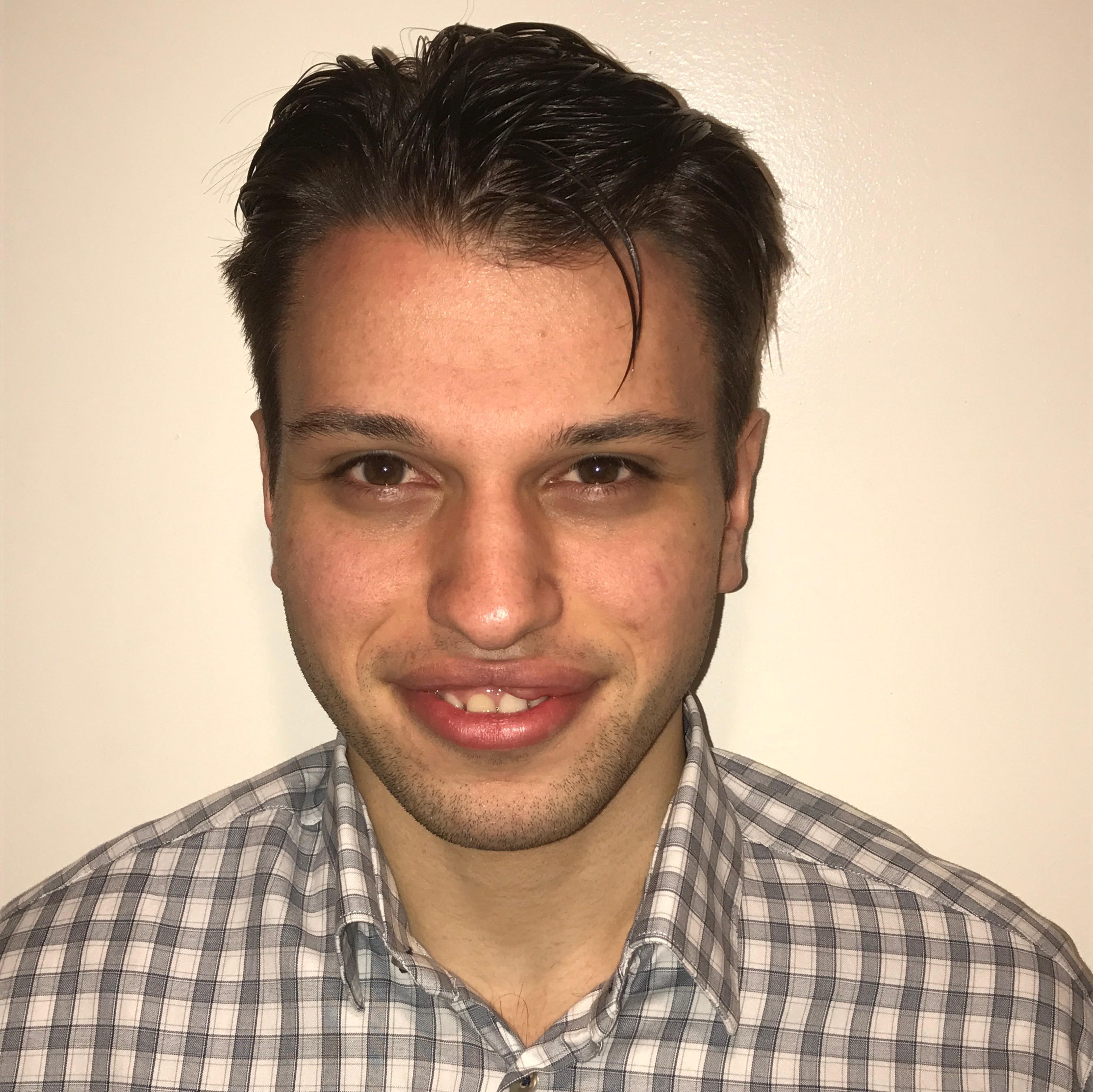
Itzik Nahmoud
PI: Michael Cooper, M.D., Department of Neurology
Identification of Surrogate Markers for Malignant Cell Types in Anaplastic Astrocytomas
Anaplastic astrocytomas are one of the most lethal types of glial primary brain tumors with infiltrative growth that is not amenable to complete surgical resection or current chemotherapies. As such, recent advances in identifying genetic mutations acquired in gliomas offer the promise of developing novel therapies to specifically target molecular alterations that regulate glioma growth. Somatic mutation in the substrate recognition site of the IDH1 gene has been identified in approximately 70% of anaplastic astrocytomas. IDH1 mutation is thought to be present in all glioma cells and thus an ideal molecular target for novel glioma therapies. The most common mutation substitutes histidine for an arginine at codon 132 in IDH1 (R132H) and by exploiting this abnormality, it is possible to detect IDH1-R132H mutant glioma cells in tumor specimens with a monoclonal antibody specific to the mutant form of the enzyme. Preliminary data from our laboratory indicate that IDH1 mutation may not be present in all glioma cells however and that some cancer cells may not be adequately treated by targeting this specific molecular alteration. To investigate further the hypothesis that gliomas may be mosaic for IDH1 mutation, we are conducting co-immunofluorescence for IDH1-R132H and other molecular markers of malignant glioma cells in a large collection of resected anaplastic astrocytoma specimens.